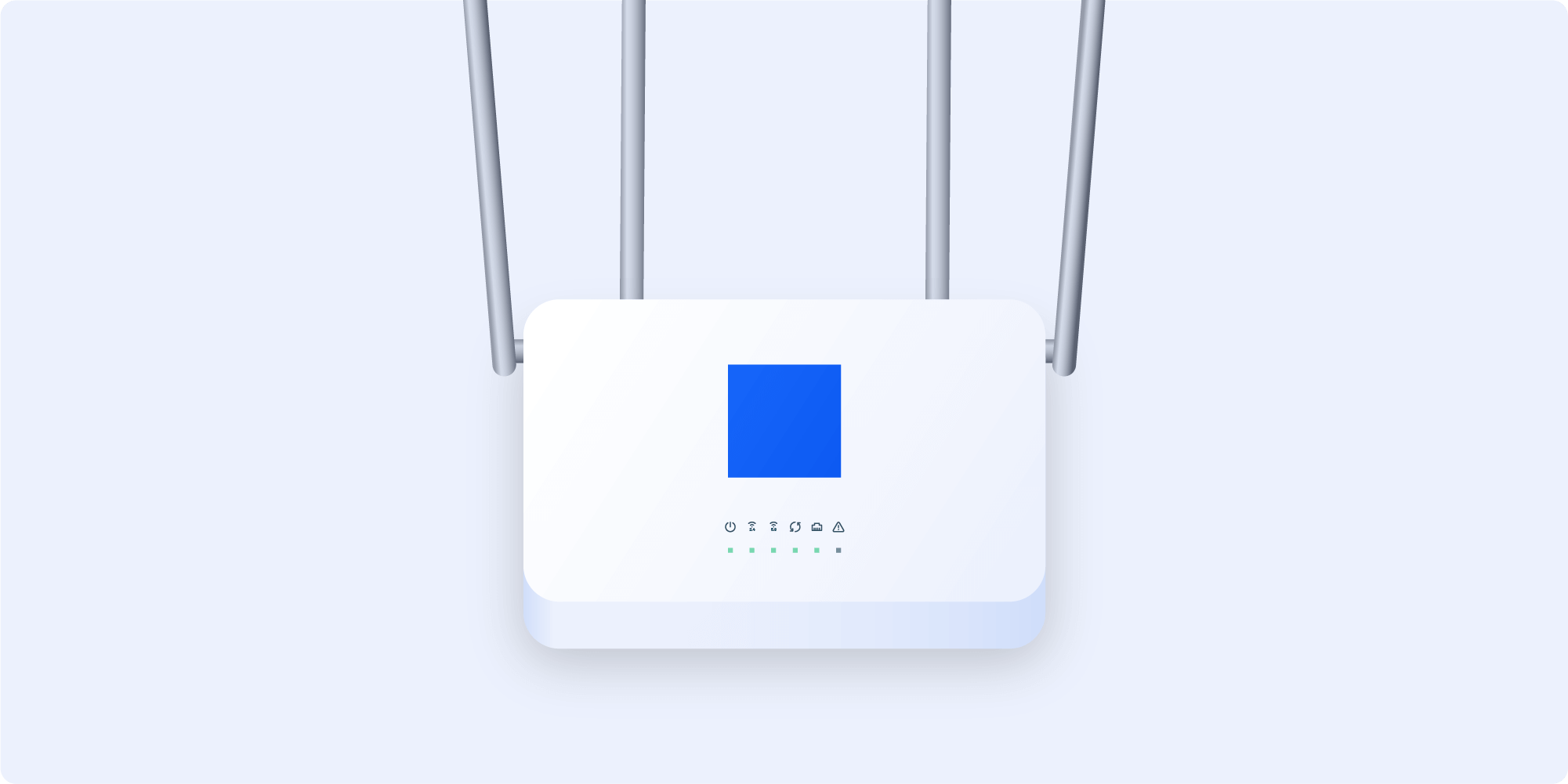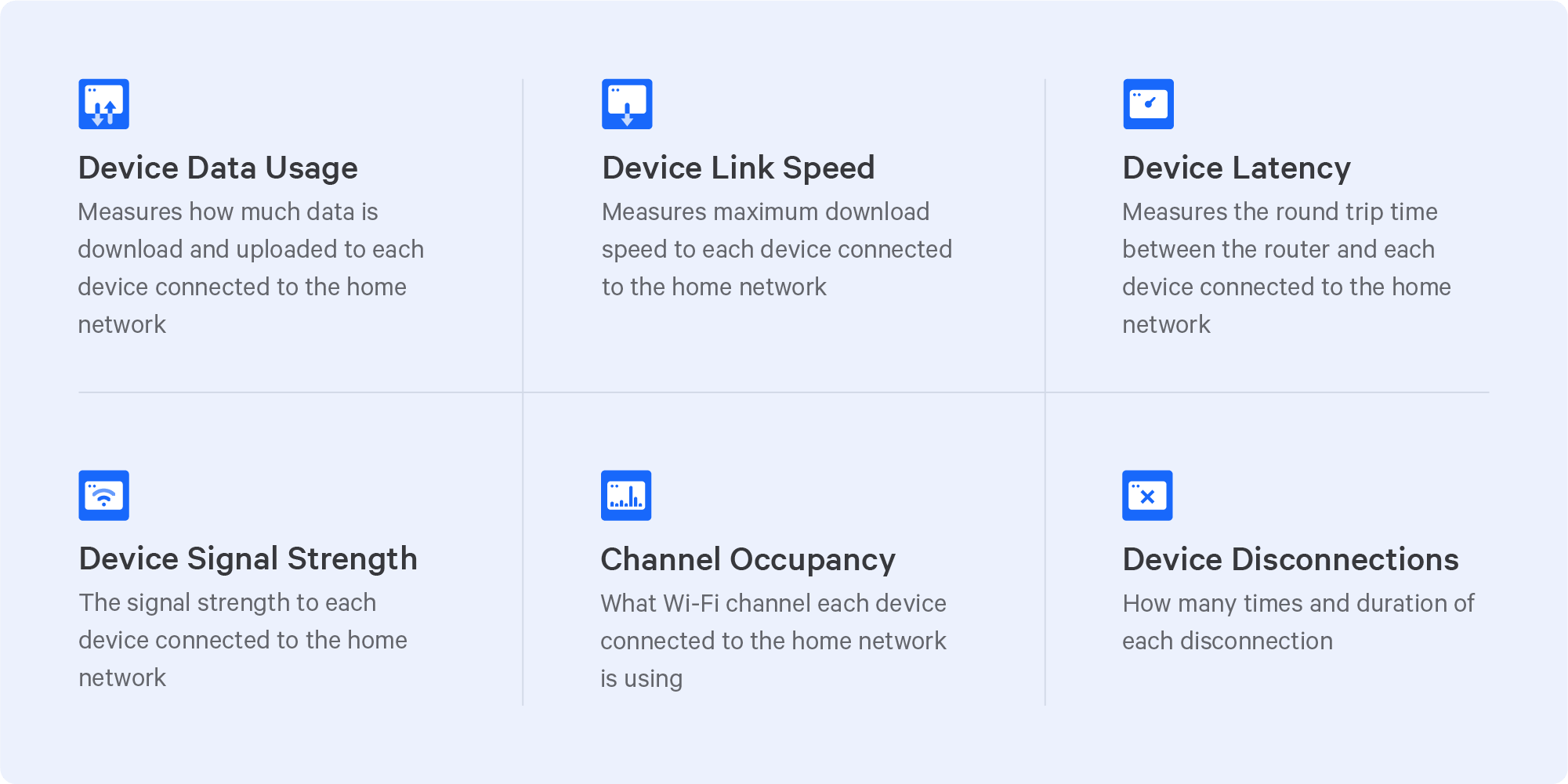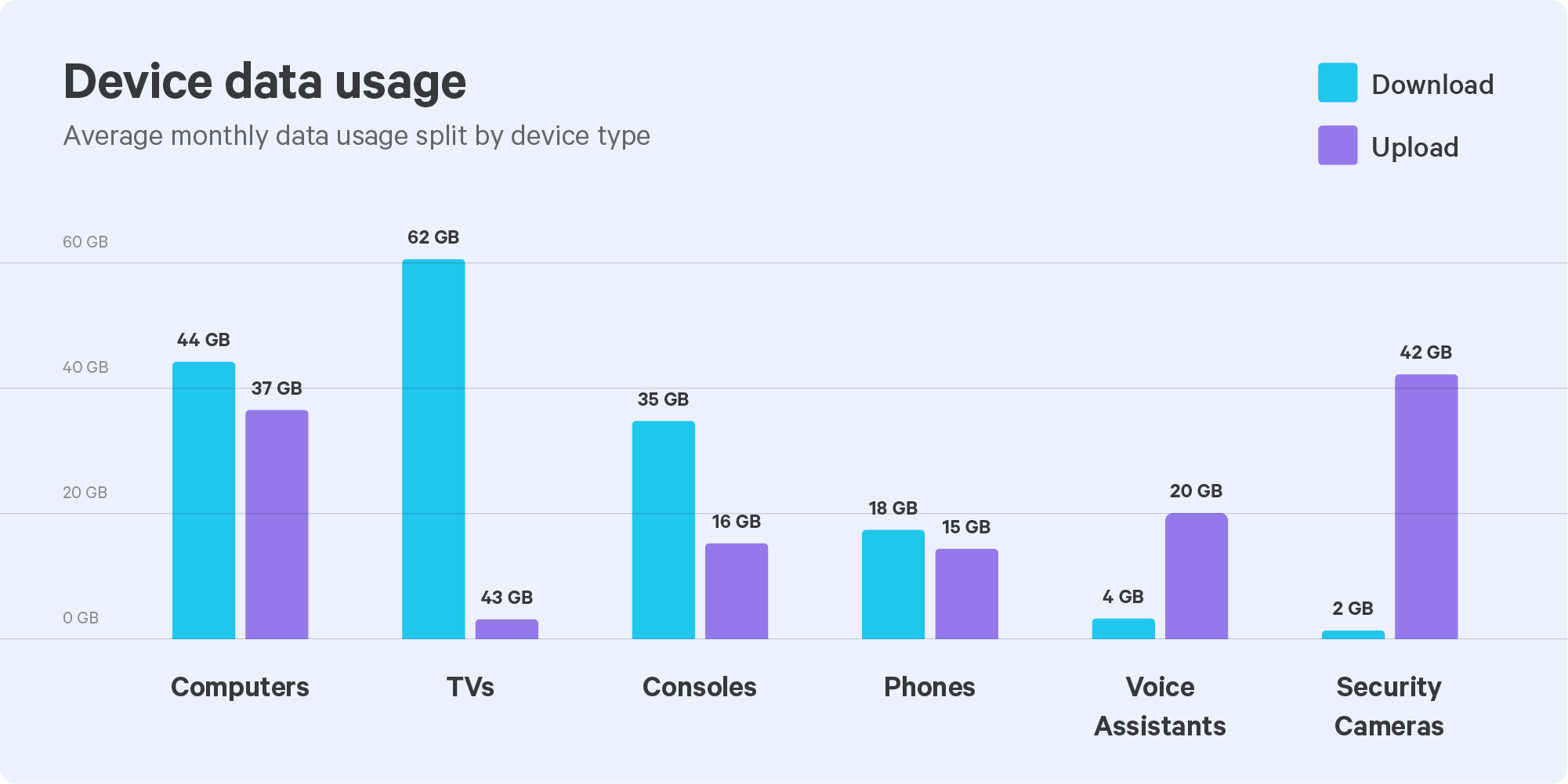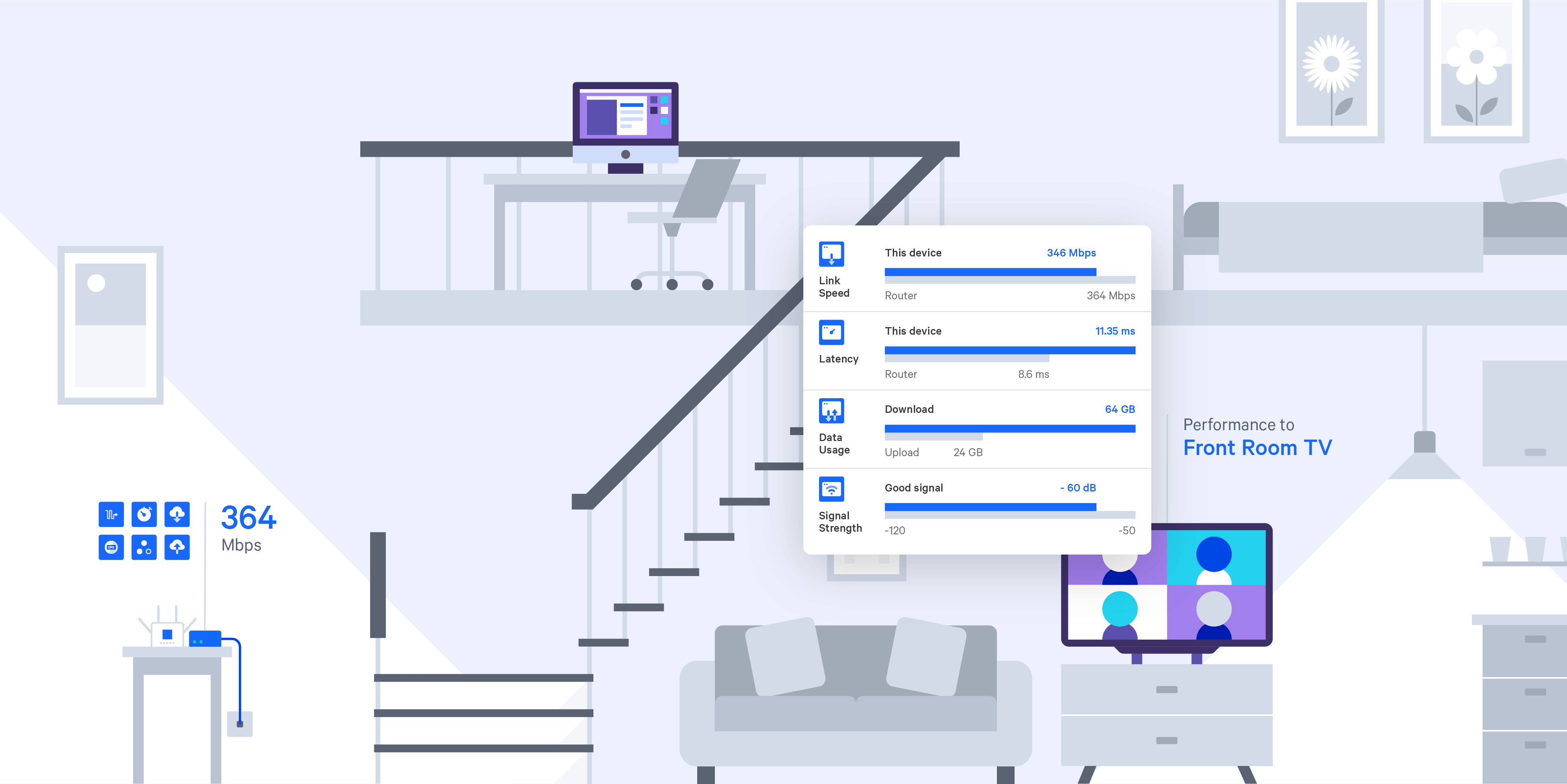Same Whitebox, new antennas
The WB8+ has exactly the same guts as its predecessor, the only difference is that we’ve added external antennas to help future-proof ourselves (and our customers) for new in-home measurements on the horizon. The original Whitebox 8 has internal radio antennas, but the more powerful external antennas of the Whitebox 8+ allow us to draw robust conclusions about in-home Wi-Fi performance by increasing the range. In this post we will discuss in more detail why we’ve upgraded our most popular purpose-built hardware test agent.

The new Whitebox 8+
Measuring in-home performance
Internet traffic crosses many interconnected networks, it’s the cumulative performance of all these networks working together that forms a broadband users internet experience, but it can only be as good as the weakest link in the chain. Degradation inside the home caused by poor Wi-Fi signal, interference, and device limitations is commonly the weakest link, but there is very little understanding and published data about how much internet performance is actually lost inside the home. To fill in the knowledge gap, SamKnows is working on a suite of in-home measurements, but before we can use these new tests we need to upgrade our Whitebox so that it can passively monitor performance to every internet enabled device in the home.

Some of the key metrics these new test will measure
Understanding in-home performance
The advantages of measuring in-home performance is obvious for volunteers who will be able to monitor the connection, wired or wireless, to each and every device connected to their home router. They will be able to use this data to isolate bottlenecks within the home, understand the root cause, and what is required to improve their internet experience. But what can government regulators do with this additional in-home measurement data?

An example of some in-home insights that regulators might want to include in their reports
ISPs are increasingly making advertising claims about their Wi-Fi performance inside customers homes such as whole home Wi-Fi guarantees and signal strength comparisons against their competitors. Our in-home measurements will allow regulators to audit ISPs against these claims to make sure the public has neutral and fair information available to allow them to make better-informed purchasing decisions.
Other interesting stats regulators could report on include:
- Comparison between different Wi-Fi technologies, coverage and performance
- How many internet enabled devices does the average home have and monitor changes over time
- Educational information for consumers about Wi-Fi and how it might affect performance, to possibly help diagnose issues
- What percentage of devices are connected to the router via Wi-Fi vs wired ethernet connections?
- Monitor the uptake of new product categories over time, are internet enabled fridges really gaining traction yet?
- How is broadband data consumption distributed between all the different devices in the home, and how can we use that information to help consumers choose the right broadband package for their household?
- Insights into underperforming devices that receive poor speeds or excessive disconnections
Whitebox 8+ tech specs
The Whitebox 8+ is capable of measuring 1Gbps downstream and upstream over both TCP and UDP. The specifications of the device are as follows:
- Dual 2.4 GHz and 5GHz WiFi radios, supporting 802.11a/b/g/n/ac
- Dual-core 880MHz CPU
- 128MB RAM
- 16MB flash storage
- 4x 1Gbps LAN interfaces
- 1x 1Gbps WAN interfaces
- USB 2.0 port
- DC power (12V @ 2000mA)
The following in-home metrics can be collected every 10 minutes (this is configurable):
CPE information:
- Device model
- Kernel version
- Firmware version (if applicable)
- Uptime
- CPU usage
- Memory usage
- Temperature (if applicable)
- Wi-Fi capabilities (if applicable)
- Ethernet capabilities (if applicable)
- Wi-Fi chip model
- Wi-Fi driver name
- WAN transferred data RX and TX
- WAN interface type
Per Device information
- Device MAC address
- Device name, if discoverable
- Disconnection event history
- For Ethernet connected devices:
- Interface name
- Negotiated physical protocol and speed
- Transferred data (TX/RX bytes and packets)
- Switch port (if applicable)
- Link status variation (up/down) timestamp
For Wi-Fi connected devices:
- Interface name
- Negotiated physical protocol (MCS, channel bandwidth, GI, streams) and bit rate (if available) Signal, beacon signal, RSSI, SNR, noise floor, channel occupation ratio (if available)
- Inactive time and connection time (if available)
- Transferred data (TX/RX bytes and packets)
- Channel / central frequency (if available)
- SSID (if available)
- Status: authorized/authenticated/associated (if available)
- Link status variation (up/down) timestamp
These metrics can be used to make assessments on in-home Wi-Fi performance.
The Whitebox 8+ is ready to deploy in your national studies
To learn more, check out the Whitebox 8+ Factsheet, or get in touch below.








































